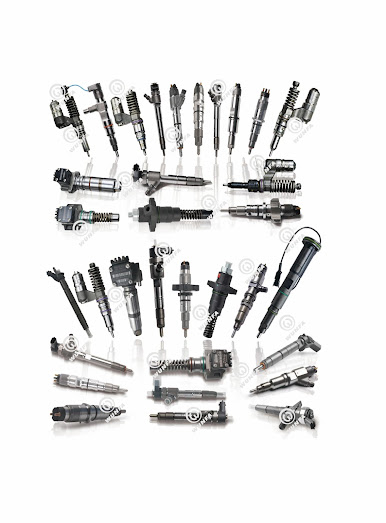What are the functionalities of the Test bench?
In
the rapidly evolving realm of automotive technology, the pursuit of enhanced
engine performance and efficiency remains a constant goal. Integral to modern
diesel engines is the common rail system, pivotal in achieving these
advancements. Mastering and optimizing this system is crucial for both
automotive engineers and enthusiasts alike. This is where the common rail test
bench comes into play—a sophisticated tool that plays a vital role in testing
and refining these critical systems.
 |
| Common rail test bench |
Understanding
the Common Rail System
The
Common
rail test bench depicts an improvement in diesel engine technology. It
features a high-pressure pump that delivers fuel to a central manifold (the
rail), which then distributes fuel to individual injectors. Unlike traditional
diesel setups that relied on camshaft lobes for injector operation, common rail
systems utilize electronic control to precisely manage fuel delivery to each
cylinder. This innovation leads to notable gains in efficiency, reduced
emissions, and overall engine performance.
The
Significance of a Common Rail Test Bench
Essential
for development, testing, and calibration, a common rail test bench enables
engineers to replicate diverse operational conditions. By connecting components
to the bench, technicians can meticulously measure parameters such as fuel
pressure, injection timing, and fuel discharge rates with exceptional accuracy.
This controlled environment is indispensable for evaluating the performance of
injectors and pumps.
Features
and Functionality
Modern
common rail test benches are equipped with advanced capabilities tailored for
comprehensive testing:
●
High
Pressure Simulation: Capable of replicating the extreme pressures encountered
during real-world engine operation.
●
Data
Acquisition: Facilitates precise data collection on injector response times,
fuel flow rates, and other critical metrics for thorough analysis.
●
Injector
Programming: Allows for the customization and programming of injectors to align
with specific engine requirements.
● Diagnostic Tools: Identifies any
anomalies or malfunctions in injector performance, thereby assisting in
troubleshooting and maintenance efforts.
Applications
in the Automotive Industry
Throughout
the automotive sector, common rail test benches play a pivotal role in the development
of new engine models and the optimization of existing ones. Manufacturers rely
on these benches to ensure compliance with rigorous standards for performance,
efficiency, and emissions. Service centers also utilize them extensively for
diagnosing injector issues and conducting essential maintenance tasks.
 |
| Test Bench |
Conclusion
As
automotive technology advances, the common rail test bench
emerges as an increasingly indispensable tool. Whether in research labs,
production facilities, or service workshops, the ability to conduct precise
tests and calibrations ensures that vehicles meet the stringent demands of
today's automotive market.
For
those intrigued by the intricate workings of diesel engine technology,
exploring the capabilities of a common rail test bench provides valuable
insights into the future of automotive innovation.
To
delve deeper into the impact of common rail test benches on automotive
technology, visit Wunfa Group and discover how these tools are shaping the
vehicles.



Comments
Post a Comment